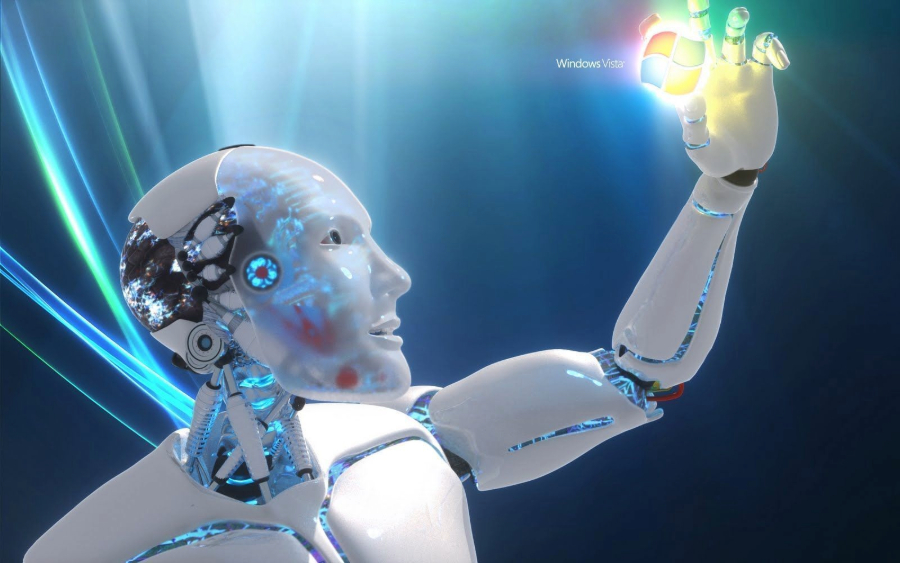The Rise of Humanoid Robots: From Uncanny Valleys to Multisensory Integration
The evolution of humanoid robots has been nothing short of fascinating, as these machines transition from mere prototypes to real-world applications in various industries. However, there’s a lingering challenge: the uncanny valley effect, a concept introduced by roboticist Masahiro Mori over 50 years ago. This phenomenon suggests that as humanoid robots become more lifelike, there’s a point where human comfort diminishes, only to rise again when the robots are indistinguishable from humans. Despite this, the increasing integration of humanoid robots into sectors like logistics, manufacturing, healthcare, and hospitality hints at a future where their utility may outweigh initial unease.
Current Uses of Humanoid Robots
As of now, humanoid robots are making strides in diverse fields, albeit still in the early stages of development. Some have ventured out of research labs and into the real world, taking on roles such as bartenders, concierges, deep-sea divers, and companions for the elderly. Others find their place in warehouses and factories, collaborating with humans in logistics and manufacturing processes. While some deployments serve practical purposes, others, like conducting orchestras or greeting guests at conferences, showcase the novelty and awe these machines can inspire.
The Humanoid Robot Market
Despite being in its infancy, the humanoid robot market is poised for substantial growth. Valued at $1.8 billion in 2023, according to Markets and, it is projected to exceed $13 billion in the next five years. This surge is expected to be fuelled by advancements in artificial intelligence (AI) capabilities and the incorporation of more human-like features. Tesla’s foray into humanoid robots, with the prototype Optimus designed to tackle “dangerous, repetitive, and boring tasks,” exemplifies the growing interest and investment in this sector. Elon Musk predicts that Tesla’s humanoid robot division’s market value will eventually surpass that of its electric vehicles.
Current Applications in Various Industries
- Hospitality: Humanoid robots like Kime are already serving customers in Spain, pouring drinks and snacks at self-contained kiosks. Some are even employed as hotel concierges and in other customer-facing roles.
- Education: Robots like Nao and Pepper are actively engaged in educational settings, working with students to create content and teach programming skills.
- Healthcare: Humanoid robots are finding applications in healthcare settings, aiding with tasks such as communicating patient information and measuring vital signs.
Challenges and Pilot Programs
Before humanoid robots can be fully integrated into society, pilot programs are essential to test their ability to work safely alongside human counterparts. These trials, conducted in factory floors, warehouses, and other relevant environments, aim to address concerns regarding safety, collaboration, and acceptance. The unease and fear associated with humanoid robots remain hurdles to their widespread adoption, making it crucial for companies to build trust through controlled testing and incremental deployment.
The Multisensory Future of Humanoid Robots
Advancements in AI are steering humanoid robots towards a more human-like experience. Researchers at Penn State have taken inspiration from human biology to develop the first artificial, multisensory integrated neuron. By integrating touch and visual sensors, these robots can make decisions based on their environment, with the output of one sensor modifying the other. This breakthrough has enabled a robot to navigate through a dark room with just a brief flash of light, showcasing the potential for robots to assimilate multiple senses simultaneously.
The Path to Full Integration
The ultimate goal is to develop robots with sensors corresponding to as many human senses as possible. Building on the success of integrating touch and sight, researchers are working towards creating robots that can see, hear, touch, and smell simultaneously. This multisensory approach aims to enhance robotic judgment, making them more adept at navigating complex environments and performing tasks that require a nuanced understanding of the surroundings.
Addressing Human Concerns
While the rise of humanoid robots brings exciting possibilities, concerns about their integration into society persist. Some view their proliferation as creepy or even as potential threats to job markets. However, the benefits, such as increased efficiency and safety, may outweigh these concerns. Clear communication, transparency, and collaboration between developers, businesses, and the general public are essential to address fears and ensure a harmonious coexistence.
The journey of humanoid robots from the uncanny valleys to multisensory integration is marked by both challenges and promises. As these machines continue to evolve, their impact on various industries will likely reshape the future of work and human-robot interaction. While uncertainties remain, the growing interest, investments, and real-world applications indicate that humanoid robots are here to stay, gradually finding their place in our world. It’s a testament to human ingenuity and the relentless pursuit of creating technologies that push the boundaries of what was once deemed science fiction.
Source

